ECOLOGY ▪ EDUCATION ▪ ADVOCACY
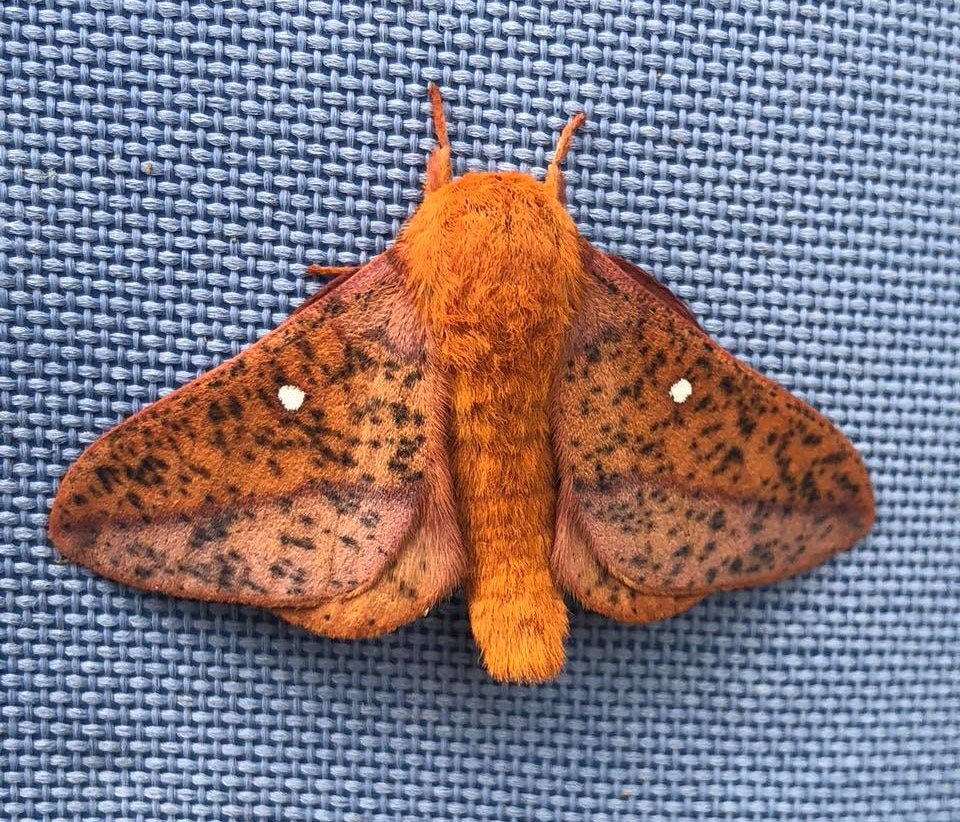
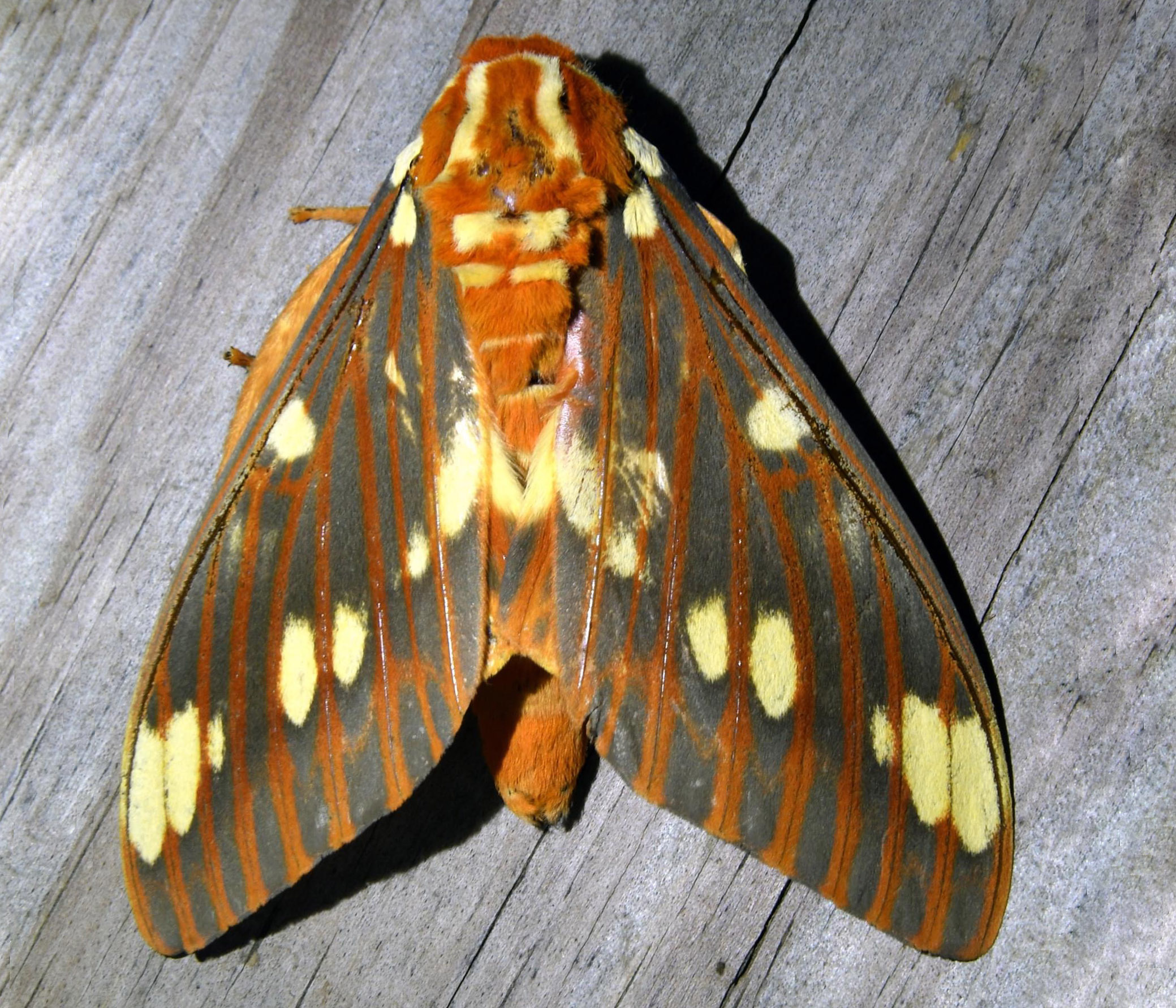
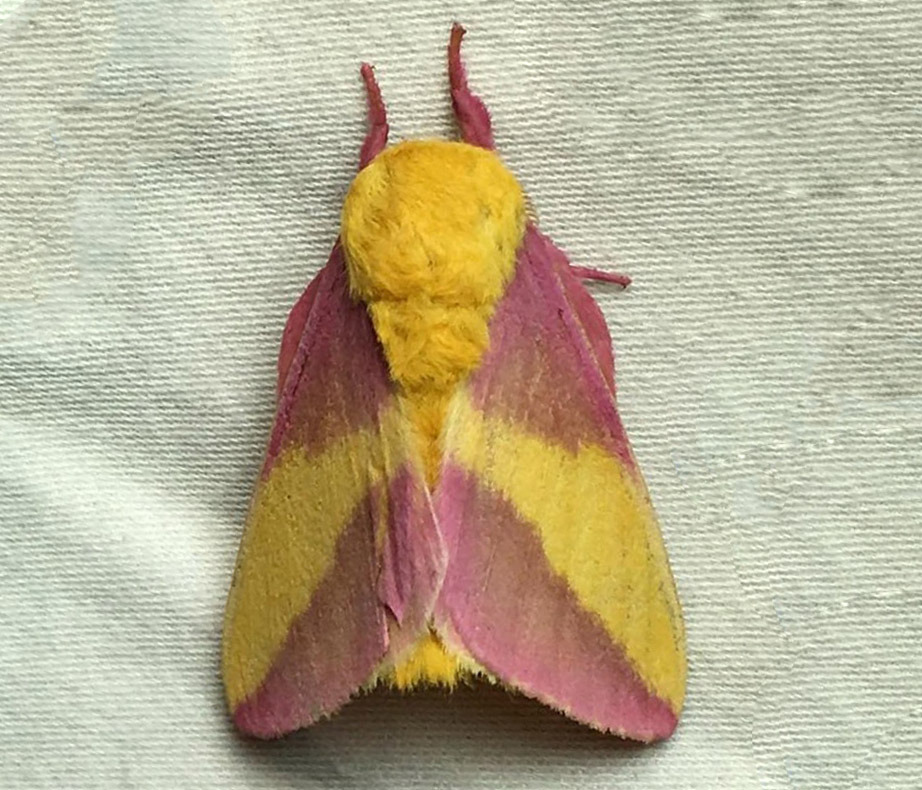
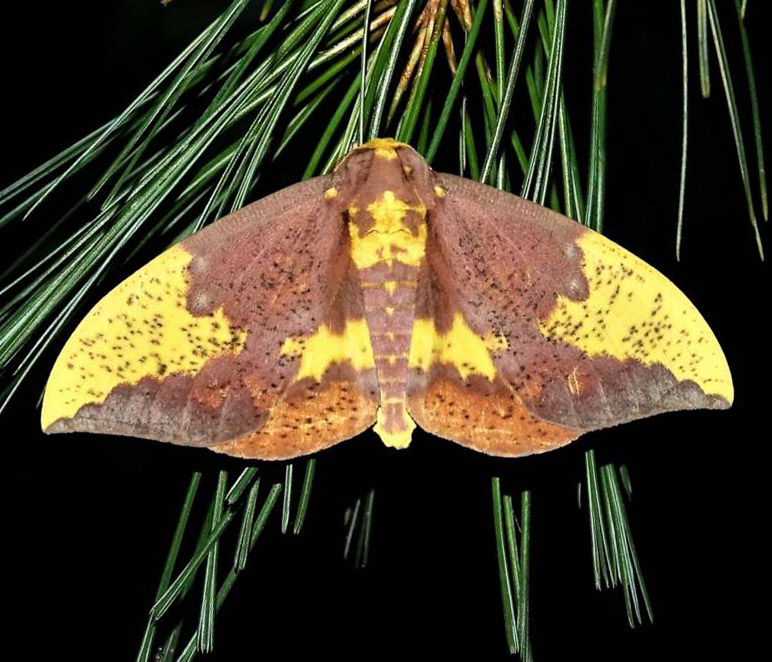
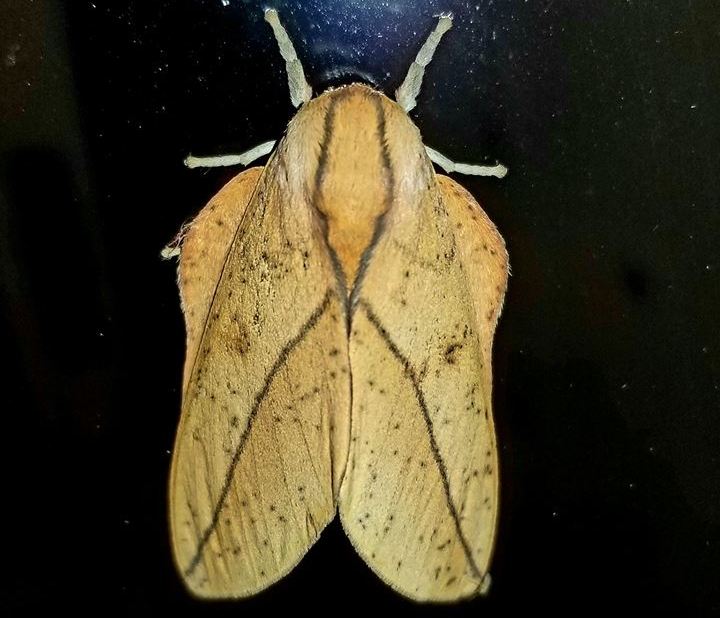
Ceratocampinae: Cerato is Greek for “horn” and camp for “caterpillar.” The words combine to mean “horned caterpillar.”
The suffix inae is standard taxonomic nomenclature to indicate that word pertains to a zoological subfamily.
sur-rah-toe-kam-pye-nee
Known as the “royal moths,” Ceratocampinae is one of eight or nine subfamilies within the family Saturniidae. Exclusive to the New World, Ceratocampinae vary between some of the smallest to some of the largest Saturniids.
Unlike their cousins, the Saturniinae, Ceratocampinae do not spin cocoons but instead pupate in underground chambers. The caterpillars contain hairs modified into horn-like appendages, and the antennae of adult males are quadripectinate for the first 1/2–2/3rds of their length and then filiform to the tip. Female antennae are filiform throughout.
Indiana’s Ceratocampinae caterpillars range from being oligophagous (Sphingicampa) to polyphagous. Adults lack a digestive system, do not eat, and exist solely for reproduction.
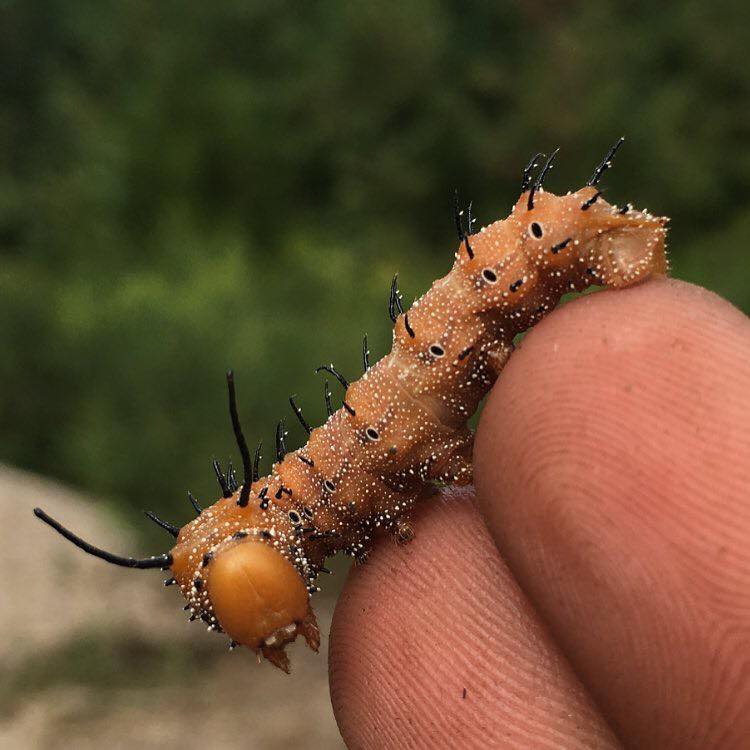

| Distribution of Subfamily Ceratocampinae | ||||
| Taxonomic Level | Worldwide | North America | Midwestern USA | Indiana |
|---|---|---|---|---|
| Genera | 29 | 10 | 5 | 5 |
| Species | ~330 | ~100 | 10 | 8 |
Ceratocampa, a junior objective synonym of Citheronia.

The map, graph, and data below represent the Indiana sightings of the subfamily Ceratocampinae. All sightings were confirmed through photographic evidence by individuals who contributed to the Great American IN Nature Lepidoptera Project (GAIN LP). All data is current as of 03 April 2025.
Counties recorded:
68 of 92
Top counties/#of records:
Brown: 134
Washington: 127
Monroe: 100
Scott: 62
Hamilton: 50
Owen: 46
Jefferson: 42
 GAIN LP documented in county
GAIN LP documented in county
Anisota courtesy of Rick Malad. Citheronia courtesy of Michele Pollock. Dryocampa courtesy of Jim Horton. Eacles courtesy of Tim Bailey. Sphingicampa courtesy of JoAnne Cummings.